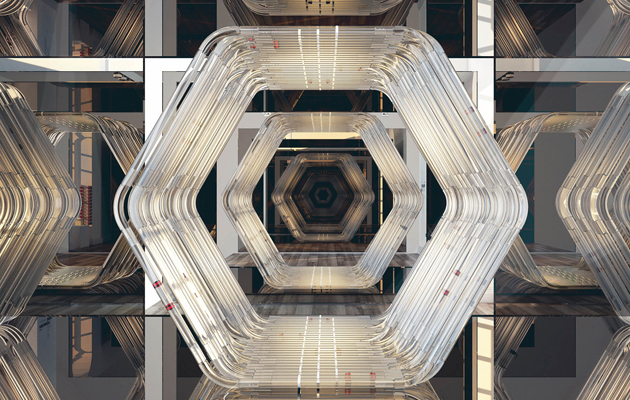|
|
||
|
In the lead-up to the event’s opening on 6 September, its director and former Icon editor Christopher Turner spoke to us about diplomacy, Brexit and salsa dancing ICON This Design Biennale is a first for London. Why is this the right moment for the city to host it? CHRISTOPHER TURNER In 2012, the New York Times called London the ‘new world capital of design’, so where better to have a design biennale. Amazingly, the London Design Biennale will be the first design biennale in a major capital city. We took the model of Venice, which has long-standing biennales for art and architecture, relinquishing a bit of curatorial control to countries, who will present national installations exploring our inaugural theme: Utopia By Design. We are taking over the entirety of Somerset House, including all its exhibition space, fountain courtyard and river terrace, and are collaborating with some of the best design institutions in the world: The Cooper Hewitt, Smithsonian Design Museum (USA), MAK (Austria), V&A (UK), Moscow Design Museum (Russia), German Design Council and Japan Foundation. ICON Does Brexit add a certain poignancy? CT London was, of course, overwhelmingly for Remain. And, as we figure out what ‘Brexit means Brexit’ actually means, London’s mayor Sadiq Khan has launched a ‘London is Open’ campaign. The biennale, which brings 37 countries to London for a celebration of international design, obviously chimes with his message and Sadiq Khan is a great advocate for our event. There was time for some countries to respond to the charged political mood. Belgium adapted its installation, EUtopia (curated by DAMn magazine), on the eve of the vote. It is subtitled ‘500 years of Utopia; 50 years of EUtopia’ and redraws the map that appeared as Thomas More’s frontispiece as a fictional cartography of post-Brexit Europe. ICON Have your skills as a diplomat improved? Have there been many tricky moments? CT In the past year I’ve been to a lot of embassies and ambassadors’ residences, and have learnt too much about the cultural bureaucracy of all these countries. An event like this, as one cultural attache warned me, is ‘all about politics’. The event is a small cog in the giant wheels of soft power, and there have been a few unanticipated challenges, which it would be very undiplomatic to discuss here. Tea with the Russian ambassador in London and a salsa dancing class with the British ambassador in Cuba were two highlights. ICON What has been the biggest challenge? CT We didn’t want the biennale to be another trade show, and our biggest challenge was to make sure that all participants engaged in the same conversation about our theme, Utopia By Design. Not all countries made it thorough our selection process, but those that did show the pressing universal issues that designers around the world are seeking to address, such as the refugee crisis, pollution and water shortage. We advocate a very broad vision of design and the biennale is a vibrant and eclectic assembly, with digital installations, culinary pop-ups, VR renderings and large-scale kinetic sculptures. ICON Which installation are you looking forward to the most? CT The new diplomat in me won’t allow favourites. There are so many highlights: Annabel Karim Kassar is recreating a bit of Beirut on the river terrace, with bricolaged street furniture, pomegranate and shawarma stalls, even a barber’s shop; there’s a VR tour of the smart city of the future, from Spain; a series of hanging nest from Porky Hefer, representing South Africa, in whose bristling jaws visitors will be able to sit; a series of pneumatic tubes from Turkish practice Autoban, through which visitors will be able to send their utopian wishes around the West Wing; and a previously unseen archive of utopian Soviet blueprints from the Moscow Design Museum. It promises to be an inspirational, entertaining and interactive tour of the world. |
Words James McLachlan
Above: Autobahn’s Wish Machine at the Turkish pavilion |
|
|
||


















